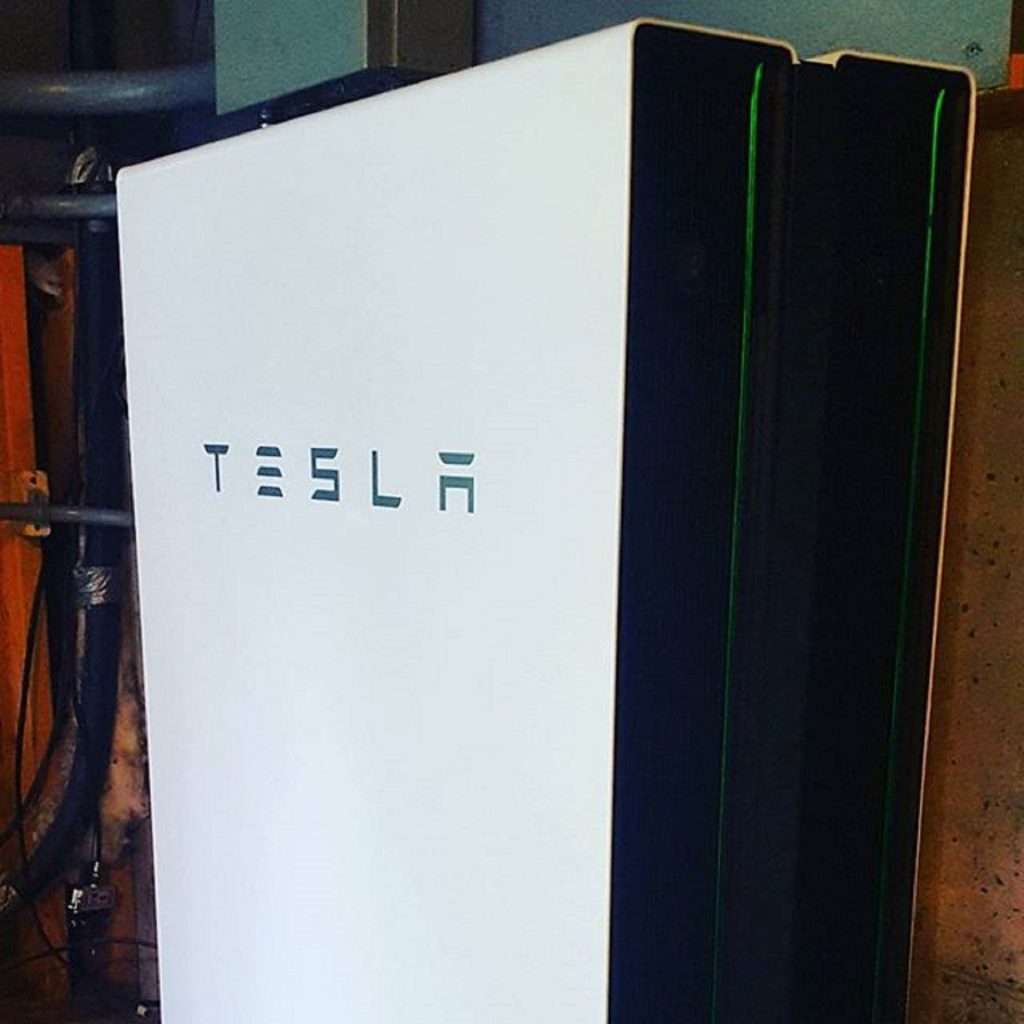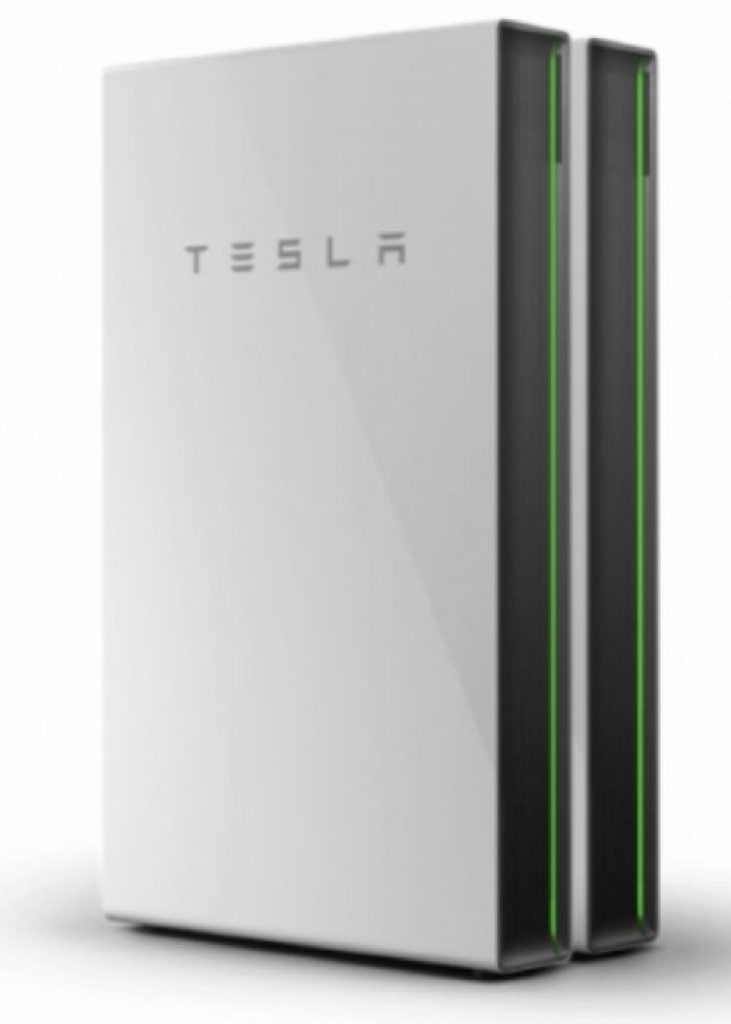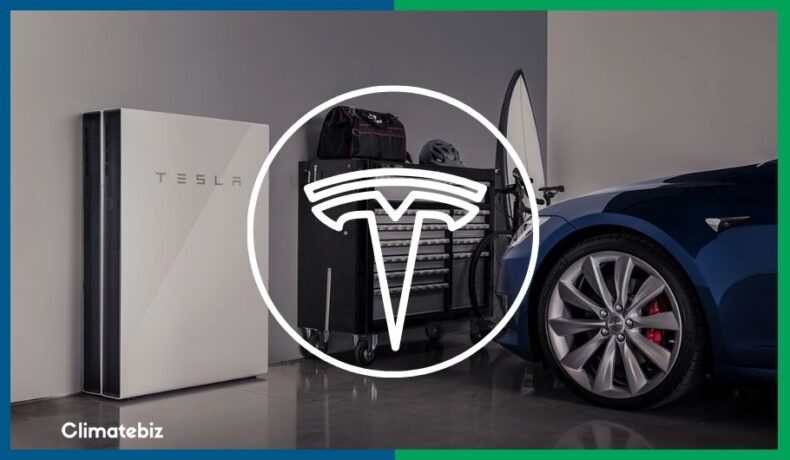The cost of the Tesla Powerwall has been up for debate since its release, with figures ranging in various directions.
As of November 2021, there have been approximately 250,000 Tesla Powerwalls installed across the globe, spanning from the United States to Australia.
So why is the cost of a Tesla Powerwall still somewhat of a mystery? Surely we have enough real-world applications to establish an accurate estimated cost?
One such reason could be that a Tesla Powerwall’s cost differs from location to location.
For this reason, we thought it necessary to conduct our own study to provide you with some further insight into the matter.
In this article, we establish how much you can expect to pay for a Tesla Powerwall if it’s worth the money and what you can expect regarding a return on your investment.
Table of Contents
How much does a Tesla Powerwall cost in 2025?
As of 2025, the total cost of installing one Tesla Powerwall battery is $11,500, excluding any solar tax incentives.
The following table illustrates the price difference per number of Tesla Powerwalls purchased:
| Powerwall | Cost |
|---|---|
| 1 Powerwall Battery | $11,500 |
| 2 Powerwall Batteries | $18,500 |
| 3 Powerwall Batteries | $25,500 |
| 4 Powerwall Batteries | $32,500 |
| 5 Powerwall Batteries | $40,500 |
| 6 Powerwall Batteries | $48,500 |
| 7 Powerwall Batteries | $56,500 |
| 8 Powerwall Batteries | $64,500 |
| 9 Powerwall Batteries | $72,500 |
| 10 Powerwall Batteries | $80,500 |
The cost of a single Tesla Powerwall decreases as you add more units to your home storage system. One Powerwall will cost you $11,500, while two will set you back $18,500 ($9,250 per battery). Tesla’s tiered pricing structure continues to the largest system possible: 10 Powerwall batteries for $80,500.
Generally, your home will require a minimum of 2-4 days’ worth of power autonomy during a prolonged blackout, which depending on your electricity consumption, will require around 1-3 Tesla Powerwalls.
When establishing our Tesla Powerwall quote, we spoke with a Tesla representative who informed us that the prices listed above include installation costs.
He also mentioned that Tesla no longer sells their Powerwalls individually. You must combine your Powerwall with a Tesla solar roof or the company’s solar panels.

However, you can still purchase a Tesla Powerwall on its own via certified installation companies throughout the U.S. This helps you avoid pairing it with a new solar system.
Unfortunately, going this route means you’ll end up paying more for your Powerwall — anywhere from $12,000 to $18,000.
Related Reading: SunPower Vs. Tesla (Which brand should you choose?)
Solar Incentives
Thanks to 2025 solar tax incentives, you can expect a 30% solar tax reduction on the price of your Tesla Powerwall. This brings the cost of a single Tesla Powerwall from $11,500 down to $8,050 — a savings of $3,450.
Check out your expected costs after the tax reduction.
| Powerwall | Cost | Incl. Tax Incentives |
|---|---|---|
| 1 Powerwall Battery | $11,500 | $8,050 |
| 2 Powerwall Batteries | $18,500 | $12,950 |
| 3 Powerwall Batteries | $25,500 | $17,850 |
| 4 Powerwall Batteries | $32,500 | $22,750 |
| 5 Powerwall Batteries | $40,500 | $28,350 |
| 6 Powerwall Batteries | $48,500 | $33,950 |
| 7 Powerwall Batteries | $56,500 | $39,550 |
| 8 Powerwall Batteries | $64,500 | $45,150 |
| 9 Powerwall Batteries | $72,500 | $50,750 |
| 10 Powerwall Batteries | $80,500 | $56,350 |
In August 2022, Congress passed an extension of the ITC, raising it from 26% to 30%. This extension will last from 2022 through to 2032.
Note to our readers: According to Solar Energy Industries Association (SEIA), for a Tesla Powerwall to qualify for the savings of the Federal Tax Credit, it must “derive 100% of its power from an onsite solar array.”
Is a Tesla Powerwall worth the money?
To establish whether the Tesla Powerwall is worth the money, you must consider its price, levelized cost of storage (LCOS), warranty and overall abilities.
Note to our readers: Levelized Cost of Storage (LCOS) helps provide the most accurate cost estimation for an energy storage system (ESS). It does so by evaluating the total amount of energy a battery can charge/discharge over its lifetime. This value is expressed in USD/kWh.
Below we created a comparison table indicating the following:
- Total unit price (before and after 30% tax incentive)
- Levelized Cost of Storage (before and after 30% tax incentive)
- Warranty period.
Doing this gives you a basic understanding of the Powerwall+’s worth. clearer idea of which option gives you the best value for money.
For the sake of this comparison, we’ll use the latest Tesla ESS model, the Powerwall+, along with its operating limit of 37.8 MWh aggregate throughput stipulated in the U.S. warranty.
| ESS System | Total Cost (Before Tax Incentives) |
LCOS/kWh (Before Tax Incentives) |
Total Cost (After 30% Tax Incentives) |
LCOS/kWh (After 30% Tax Incentives) |
Warranty |
|---|---|---|---|---|---|
| Tesla Powerwall+ | $11,500 | $0.30/kWh | $8,050 | $0.21/kWh | 10 Years |
So, is a Tesla Powerwall worth the cost?

First, let’s look at this from a purely financial standpoint.
As of November 2022, the average cost of residential electricity throughout the U.S. is 15.64 cents/kWh.
Before applying the 30% tax incentive, the Tesla Powerwall+ is 14.36/kWh more expensive than the average cost of electricity in the U.S, with the exception of Hawaii (43.91 cents/kWh) and New Hampshire (30.66 cents/kWh).
However, after applying the 30% tax incentive, it’s only 5.36 cents more expensive. This makes it cheaper than the average price of electricity in 9 states, including California.
Before you start wondering about the 41 other U.S. states, keep the following in mind:
- Electricity prices continue to rise, year-over-year.
- The price of solar products will likely decrease as the years go by. The price of solar panels is already decreasing.
- You can use Powerwalls in conjunction with net-metering and electric vehicle (EV) charging.
In short: Yes, a Tesla Powerwall is worth the cost.
Related reading: How To Build A DIY Powerwall (A Complete Guide)
Does a Tesla Powerwall save you money?
As previously mentioned, the average cost of residential electricity throughout the U.S. is 15.64 cents. Without the 30% solar tax incentive, the Tesla Powerwall’s LCOS,is about 14.36 cents/kWh more.
However, after applying the 30% tax incentive, it’s only 5.36 cents more expensive. This makes it cheaper than the average price of electricity in 9 states, including California.
As a result, Powerwalls are not commonly bought by homeowners to save money but rather because they live in areas that experience frequent power outages. Under these circumstances, investing in a Powerwall for would save you from frustration and make you more energy independent.
Additionally, they are also bought by homeowners looking to rely less on fossil fuels and more on their home’s renewable energy source.
Related reading: LG Energy Solution Vs. Tesla Powerwall (Which battery is best for you?)
Tesla Powerwall Payback Period
We were able to figure out the payback period of both a Tesla Powerwall and its combined solar system.
Let’s Do Some Maths
For our assessment, we’ll assume you live in California and spend about $115 a month on electricity.
According to Tesla, in conjunction with the amount of peak sun hours California experiences, this sort of energy consumption will require that you install a 4.80 kW solar system with one Tesla Powerwall. This should allow for 2 days of winter/cloudy day autonomy.
- 4.8 kW Solar Panels: $12,096
- 13.5kWh Tesla Powerwall: $12,850 (the $11,500 price tag includes Tesla solar panels)
- Tax Incentive: $7,484
$12,096 + $12,850 = $24,946
$24,946 – $7,484 = $17,462
Seeing as the above-mentioned solar system will offset approximately 102% of your energy consumption, you’ll be saving $115 every month.
Therefore: 17,462 / $115 = 151 months
It will take 12.5 years for your Tesla Powerwall/solar system to make a return on investment.
Now, remember this assumes you live in California and only require a 4.8kW solar system.
If you live in a less sunny location or without a solar tax incentive, it will take you much longer to pay it off because your initial investment will be much more significant.
Related Reading: Tesla Vs. Enphase (Which battery should you choose?)
FAQs
Can I finance the cost of a Tesla Powerwall, and how does that affect my ROI?
Yes, many certified installation companies offer financing options for Tesla Powerwalls.
However, financing typically comes with interest, which would extend your payback period. The actual effect on ROI would depend on your interest rate and the term of the loan.
Do Tesla Powerwalls have any maintenance costs that I should be aware of?
Tesla Powerwalls are designed to be low-maintenance, largely because they use lithium-ion technology, which is known for its durability.
However, like any piece of technology, they aren’t entirely free of maintenance costs. These could include software updates, potential part replacements, or the cost of professional check-ups, although these are usually minimal.
How does the Tesla Powerwall work during peak and off-peak hours? Can I save more money that way?
The Tesla Powerwall can be programmed to charge during off-peak hours when electricity is cheaper and discharge during peak hours when electricity is more expensive.
This practice, known as “Time-of-Use load shifting,” can help you save money on your electricity bills and improve your overall ROI, especially in areas where there is a significant price difference between peak and off-peak electricity rates.
Are there any local or state incentives that could further lower the cost of a Tesla Powerwall?
Yes, some states and local governments offer additional incentives for installing renewable energy systems and battery storage. These could be in the form of rebates, tax credits, or even grants.
These incentives can vary widely by location, so it’s essential to consult local and state resources or speak with a certified installer to understand what may be available in your area.
How does the Tesla Powerwall integrate with electric vehicle (EV) charging?
The Tesla Powerwall can be integrated into a home energy system that includes EV charging. This means you can store solar power generated during the day in your Powerwall and use it to charge your EV at night.
This not only increases your household’s energy efficiency but may also shorten the payback period of the Powerwall depending on your EV’s energy usage.
Can the Tesla Powerwall function in extreme weather conditions? How does that affect its longevity and ROI?
Tesla Powerwalls are designed to operate within a range of environmental conditions; however, extreme heat or cold may affect the efficiency and lifespan of the battery.
Prolonged exposure to harsh conditions could lead to more frequent maintenance or an eventual need for battery replacement, which would negatively impact the overall ROI. Always consult the user manual and adhere to the manufacturer’s specifications for optimal performance.
Final thoughts
We hope this article sheds some more light on the actual cost of a Tesla Powerwall; this way, you know what you are getting yourself into before going ahead with the actual purchase.
If you feel that the Tesla Powerwall costs too much, you can also take a loan from Tesla.
To do this, you’ll need to make a minimum down payment of 10% of the total cost of your system.
Please feel free to ask any questions you have in the comments section below, and one of our solar experts will respond as soon as possible.

